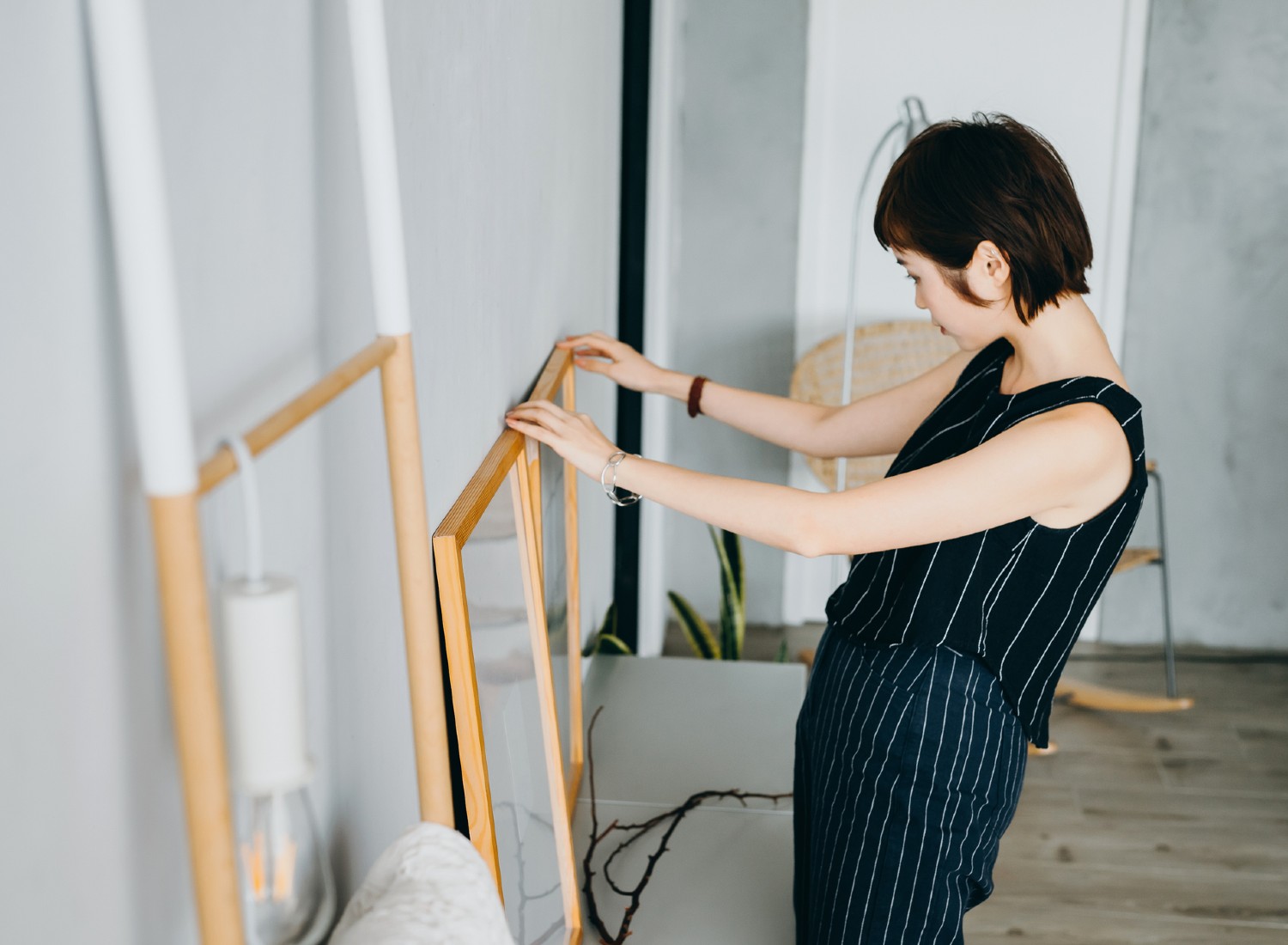How To Make a Customized Photo Frame

We all have those special memories we want to cherish forever. But sometimes, just looking at a picture is not enough. We need to make it tangible, something we can physically see and admire for a long time. One way to do so is by making a customized photo frame for out wall or desk. It’s a great DIY project for any skill level, and it doesn’t have to cost a lot, either.
In this post, we’ll show you how to make a customized photo frame in a few simple steps. We’ll also share some of our favourite frame styles and materials, so you can create one unique and special. Let’s get started!
Materials Needed
The most important material you’ll need for making your photo frame is wood. Consider types such as oak, cherry, pine or mahogany, depending on the look you are aiming for. Avoid using plywood since it won’t yield the best result due to its durability and aesthetics.
Clamps are essential for holding the pieces of wood together while you assemble the photo frame or attach its hardware parts. Depending on the type and size of your project, you may need several clamps in different sizes.
Other components you’ll need include brackets, screws, nails and corner fasteners for assembling the frame and attaching it to the backing board (you could also use wood glue). Be sure to select ones compatible with the wood used in your project.
You will also need several tools for cutting and sanding the wood and attaching the picture frame hardware pieces. The most common tools include saws (circular or jigsaws), drills, sanders (random orbital sanders), screwdrivers and hammers.
Consider adding a finish or stain to the wood to give your photo frame added colour and protection from everyday wear and tear. A clear finish is often used to bring out the natural beauty of the wood while still preserving its original colour. For a deeper hue, you can also apply wood paint.
Preparing the Wood
Before making your cuts and assembling your frame, carefully examine each piece of wood to determine if it’s suitable for your project. Look out for any rotting or warping signs, and discard pieces that don’t meet satisfactory standards. Cut each piece of wood according to the measurements specified in your plan using a saw (circular saw or jigsaw). For joints that require precision (e.g., mitre joints), use a mitre saw for best results. After the cuts are made, use fine-grit sandpaper to smooth out rough edges from sawing or drilling holes into the wood pieces. Ensure an even finish throughout so that no marks remain visible after staining or other finishings are applied later in the process.
Attaching the Picture Frame Hardware
The next crucial step is to combine all the pieces into a complete frame structure. Use clamps to hold all four sides in place while you fasten them with screws at the designated points. It’s essential to tighten the screws securely to prevent any loosening over time that could affect other parts of the frame. You can also use a strong wood glue and clamps for this part.
Once all the pieces are correctly assembled into a complete frame structure, cut the backing board to size based on the external dimensions of the wooden pieces and any internal components required (such as picture frame corner inserts). Securely attach the backing board to the back or underside of the picture frame using screws, then set it aside until you’re ready for the next step.
Finishing the Frame
Depending on what you selected for this step in your plan (finish, stain or paint), apply it evenly over each piece of wood using a brush or rag until all surfaces are covered completely with an even layer of pigment or coating material. Allow time for it to dry (follow directions on the stain or paint can) before starting any assembly work on top of it.
Once all surfaces are dry, inspect them one last time in case any remaining marks need attention before proceeding.
Final Steps
After completing the picture frame assembly, carefully insert your desired photo into the designated spot. To ensure that the photo stays in place, use masking tape along the edges and angles of the photo(s) to prevent them from coming loose over time due to the weight and pressure against the sides or corners.
When the picture frame is ready to be displayed, it’s important to use appropriate hanging hardware to support the finished product’s weight. Avoid hanging the item using only regular nails, as they may not be strong enough to hold the frame’s weight and could lead to damage or collapse over time. Instead, consider using anchor hooks to safely secure the frame to the wall without risking damage.
Conclusion
Making a customized photo frame is an enjoyable and rewarding process that can be done at any skill level. It offers plenty of opportunities to express your creativity, and the result is a beautiful and special piece that can be enjoyed for many years. With the steps outlined in this article, anyone can create a customized photo frame perfect for showcasing their favourite memories. So grab your materials and tools, and let’s make a frame!